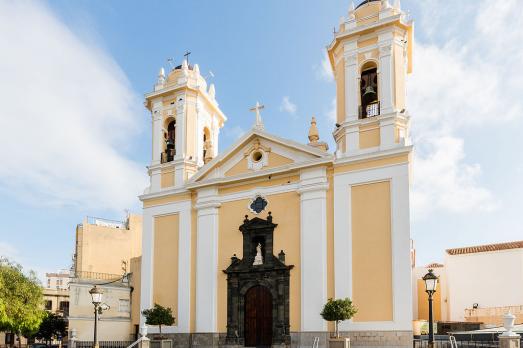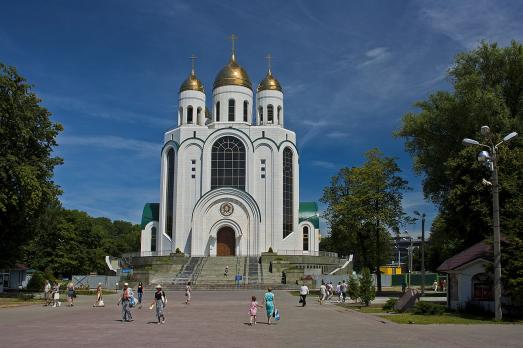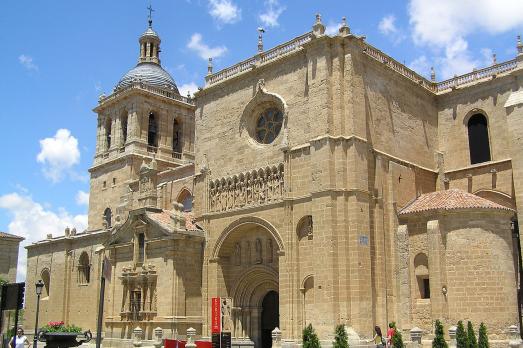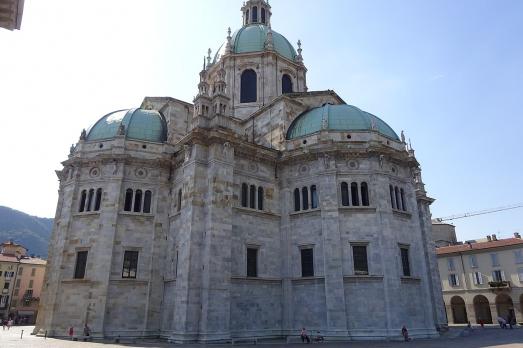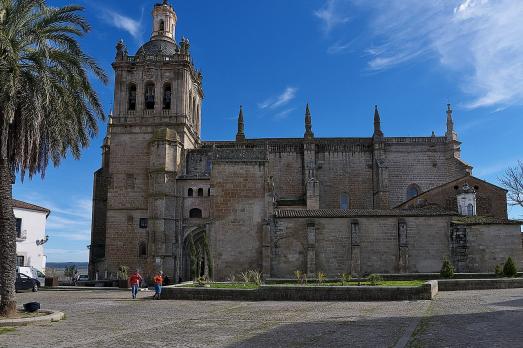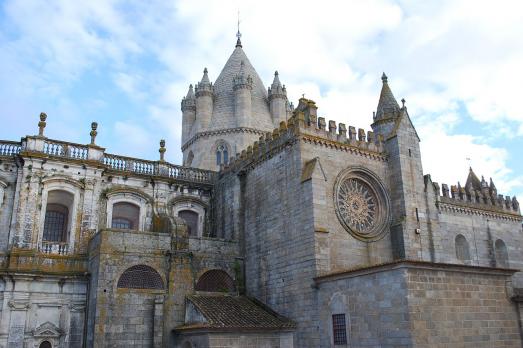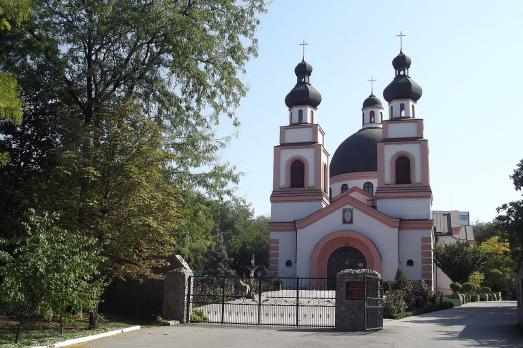
Cathedral of Catanzaro
Catanzaro, IT
The Cathedral of Catanzaro was first built in 1121 in Norman times and dedicated by Callisto II to Santa Maria Assunta and the Apostles Peter and Paul. In 1309 the Chapel of San Vitaliano was built on the left side façade and in 1588 the Chapel of the Blessed Sacrament was built in front of it. In the altar of the Chapel of St. Vitaliano, the relics of St. Vitaliano, patron saint of the city, and of St. Fortunato and St. Ireneo, ancient patrons of the Byzantine city, have been placed in three niches. The church was also remodelled in 1511 with a Renaissance façade, which collapsed after the earthquake of 1638.
